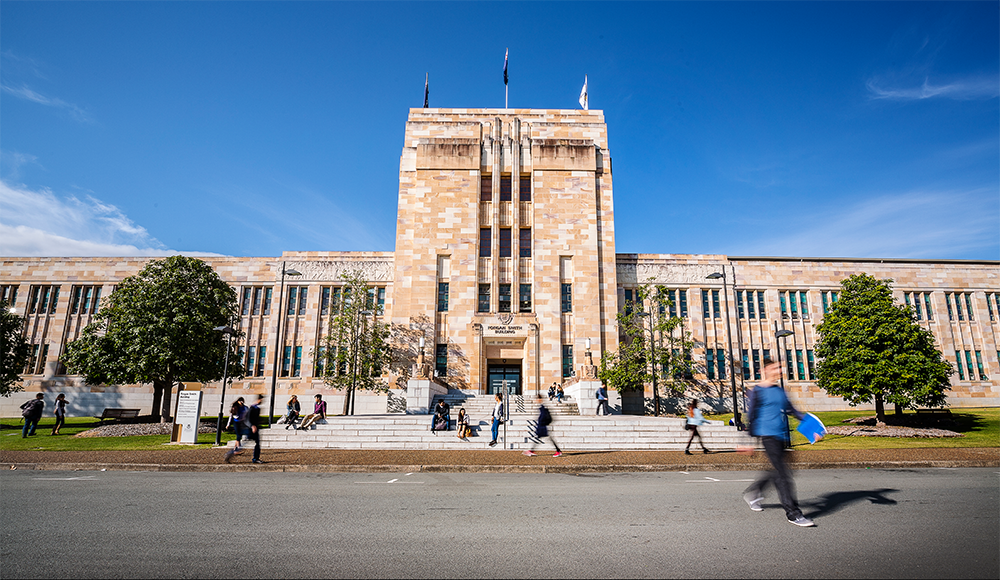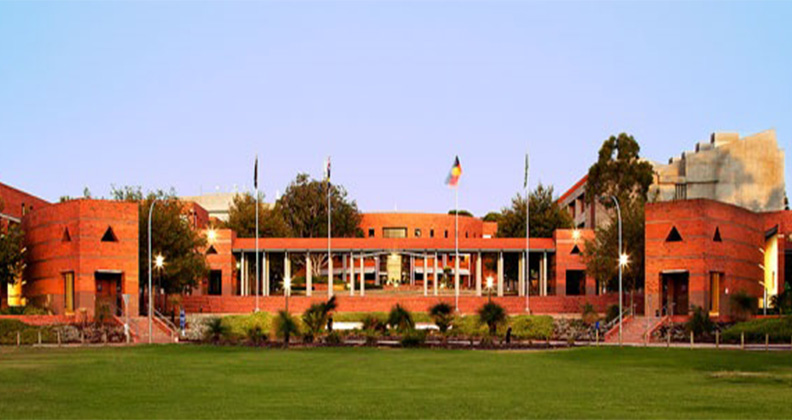At first, it might seem like advertising and marketing are two concepts that share the same objectives. If you were to ask the person beside you the difference between advertising and marketing, there is a strong possibility that they would not be able to differentiate it. That’s because there is a very fine line between advertising and marketing that’s often difficult to explain.
In basic terms, marketing is identifying customer’s needs and determining how best to meet those needs. In contrast, advertising is the exercise of promoting a company and its product or services through paid channels. But the differences do not end there.
Advertising and marketing are closely related subjects that have much in common yet differ in many ways.
What is Marketing?
Marketing deals with identifying, creating and communicating the value of a product or services that satisfy the audiences’ needs while making a profit.
Marketing strategies can be found everywhere, for the positioning of chocolates and mints near the cashier or when you receive a birthday voucher from a clothing store.
However, marketing is just not about finding a solution to sell your products and services.
“The aim of marketing is to know and understand the customers so well the product or services should be able to sell by itself” – Peter F Drucker.
To be a successful marketer, you would first need to understand your customers and be aware of their demographics like age, interest, hobbies etc. Once you have understood the customers, you can develop products to meet your customer’s wants and needs. As Peter F Drucker quotes, the services and products would sell by themselves since you have satisfied your customers’ requirements.
Core Subjects Taught in Marketing
- Introduction to Microeconomics: An introduction subject to microeconomics theory and policy. At the end of the subject, you’ll explain the concepts of market demand, supply and equilibrium; and apply the market model to explain the determination of prices, quantities and wellbeing.
- Introduction to Macroeconomics: An introduction to macroeconomic theory and policy. Topics will include economic aggregates such as production and employment, the general level of prices and inflation, the exchange rate, and interest rates.
- Consumer Behaviour: Topics include the introduction and application of buyer behaviour concepts to marketing decision making, consumer behaviour models and the identification of psychological variables which influence customer decision making.
- Global Marketing: Provides an introduction to marketing in the international marketplace. Topics covered include the cultural, economic, political and ethical environments.
What is Advertising?
The average attention span of a human is 8 seconds, so how do businesses stand out from their competitors and, at the same time, grab the attention of their customers? The answer to that? Advertising.
Advertising is a channel of communication used to influence customers’ buying behaviour with a persuasive selling message about a product or services. In a business, advertising aims to attract new customers by defining the target market and reaching out to them with an effective advertisement campaign.
Core Subjects Taught in Advertising
- Advertising Foundation: Introduces the creative advertising industry’s theory and practice and its place within a broader communication and historical context.
- Copywriting: Explore how the spoken and written word is used in advertising across the globe to communicate and persuade effectively.
- Advertising Campaign Strategy: Examine international and local advertising campaigns and specific campaigns that have built a strong brand relationship with consumers and achieved specific communication objectives; strategic planners’ role and function will be explored, including how they transform research data into strategic insights and then use these insights as to the foundation for effective advertising campaigns.
- Creative Advertising: Investigate creativity theory and the processes used by advertising creatives and generate innovative solutions (both written and visual) to communication problems.
Career Options for Marketing & Advertising Graduates
Marketing Graduates | Advertising Graduates |
|
|
Academic Entry Requirement for Marketing & Advertising Degree in Australia
Programme/ Qualifications | Marketing | Advertising |
ATAR | A minimum score of 80.00 | A minimum of 76.00 |
A-Level | A minimum score of 7 or CCD | A minimum score of 7 or CDD |
International Baccalaureate (IB) | A minimum score of 30 | A minimum score of 28 |
STPM | Minimum 2 passes | Minimum 2 passes |
Entry Requirements vary according to universities, for more information, please contact Excel Education.
English Requirement for a Marketing & Advertising Degree in Australia
IELTS | A minimum overall of 6.5 and 6.0 in all sub-bands |
TOEFL | An overall of 79; Reading 13, Listening 12 Speaking 18; Writing 21. |
PTE | A minimum overall score of 58 with 50 in all sub-bands |
English Requirement varies according to universities, for more information, please contact Excel Education.
Top Universities to Study Marketing & Advertising Universities in Australia
1. The University of New South Wales (UNSW)
Program |
|
Intake | February, June, & September |
Duration | 3 Years |
Indicative Annual Fees 2021 | Contact Excel Education |
2. The University of Queensland (UQ)
Program | Bachelor of Business Management (Marketing) Bachelor of Communication (Digital Media) |
Intake | February & July |
Duration | 3 Years |
Indicative Annual Fees 2021 | Contact Excel Education |
3. Queensland University of Technology (QUT)
Program | Bachelor of Business (Marketing) |
Intake | February, July & November |
Duration | 3 Years |
Indicative Annual Fees 2021 | Contact Excel Education |
4. The University of Technology Sydney (UTS)

Program | Bachelor of Business (Marketing) |
Intake | February & July |
Duration | 3 Years |
Indicative Annual Fees 2021 | Contact Excel Education |
5. Royal Melbourne Institute of Technology (RMIT)

Program | Bachelor of Business (Marketing) |
Intake | February & July |
Duration | 3 Years |
Indicative Annual Fees 2021 | Contact Excel Education |
Program | Bachelor of Commerce (Marketing) Bachelor of Communication (Advertising) |
Intake | March, July & November |
Duration | 3 Years |
Indicative Annual Fees 2021 | Contact Excel Education |
7. Western Sydney University (WSU)
Program | Bachelor of Business (Marketing) Bachelor of Communication (Advertising) |
Intake | March, July & November |
Duration | 3 Years |
Indicative Annual Fees 2021 | Contact Excel Education |
8. Curtin University
Program | Bachelor of Commerce (Marketing) |
Intake | March & July |
Duration | 3 Years |
Indicative Annual Fees 2021 | Contact Excel Education |
What are the differences between Marketing & Advertising?
Marketing | Advertising |
The activity of understanding the market conditions to identify and create products according to the customer’s needs. | A part of the communication process is done to seek the public’s attention to a specific product. |
Focuses on price, product, place, people and promotion. | Only focuses on promotion. |
Importances on sales. | Importance of creating awareness. |
Involves customer behaviour and market research. | Involves creative processes like designing and production. |
Includes two-way communication between the brand and the consumer. | Focuses on one-way communication from the brand to the consumers. |
Works for the long term. | Works for the short term. |
Marketing is a step by step process that starts with a unique selling point – a sentence of what the business is about. | Advertising includes the placement of ads in mediums such as newspaper, online, magazines and billboards. |
Take a personal approach to construct messages for consumers. | It targets all the consumers in the same way. |
Designed primarily to attract and retain customers. | Designed only to attract customers. |
Attracts customers organically. | Targets customers with a broader sweep. |
Despite their differences, there are several similarities between marketing and advertising.
First of all, it’s essential to understand that advertising is a component of marketing. Marketing refers to preparing a product for a marketplace, while advertising makes your product and services known to a marketplace.
Advertising is a specific step in marketing. Advertising uses the data and research collected by marketing strategies to analyse and pick the best way to communicate the brand over various advertising channels.
However, both marketing and advertising work hand in hand to achieve the same target; to release and sell a product or service. Marketing is more controlled and wider-reaching, while advertising is specific to brand communication. Marketing involves consumers behaviour and marketing research, while advertising involves designs and multimedia products.
Marketing and advertising work in conjunction to create a brand’s identity and to sell products.
About Post Author

Caffeine addict that’s constantly on the run!







